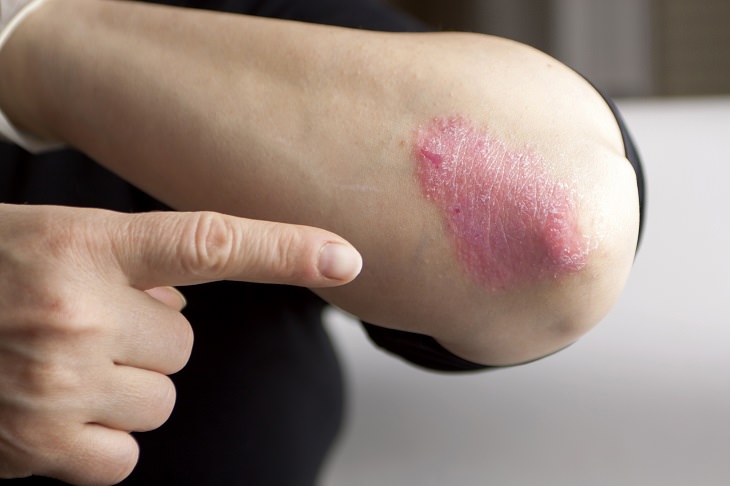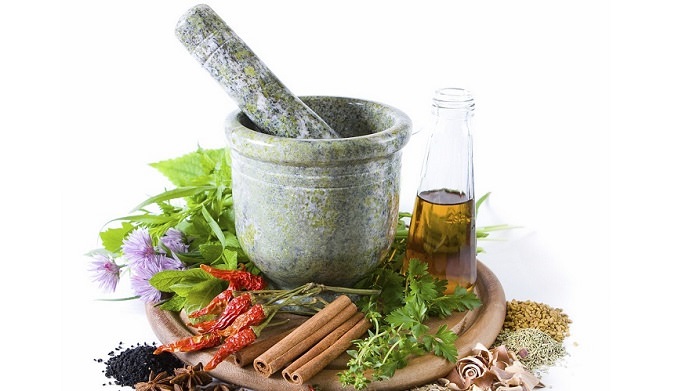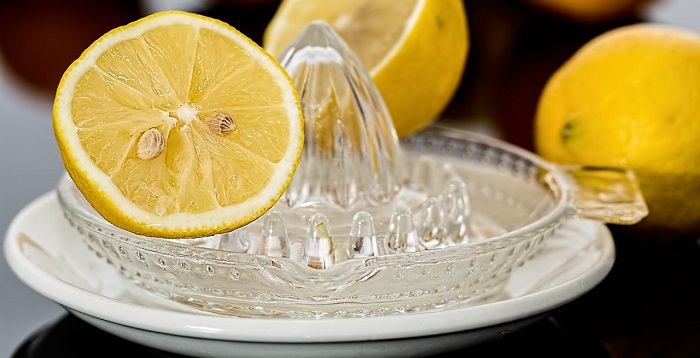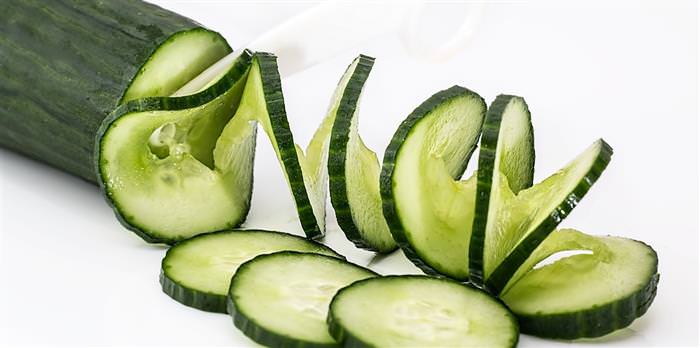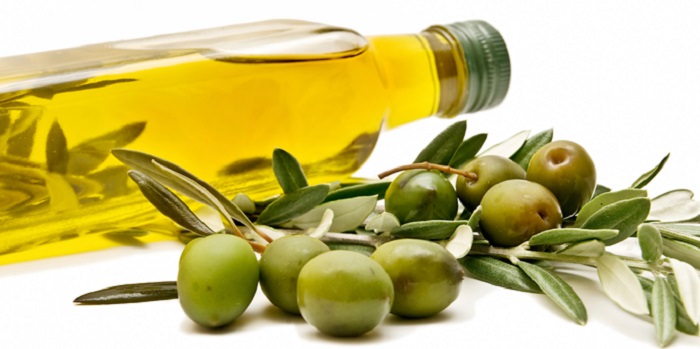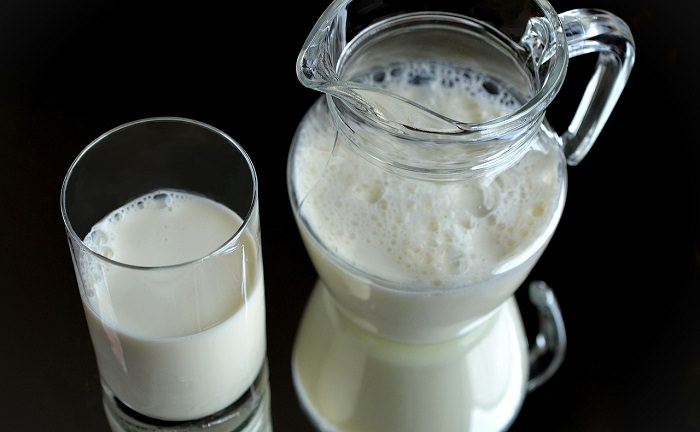29 July 2017
Apricots can be enjoyed in a wide variety of ways, and every culture has a unique way of enjoying this delicious fruit. One of the reasons that they are so popular is because they have been directly linked to a number of health benefits, which are due to the nutrients, vitamins, minerals, and organic compounds that they contain. Below you can find 10 amazing health benefits of the humble apricot.
1. They Are Good for Constipation
Apricots are extremely rich in fiber, making them helpful for smooth bowel movements. They are often recommended to patients who regularly suffer from constipation due to their laxative properties. Fiber adds bulks to the stool, making it easier for it to be transported through the bowels. Furthermore, fiber activates the peristaltic motion of the digestive tracts, and those smooth muscles are what keep your bowel movements regulated.
2. They Improve Bone Health
Apricots have a number of minerals that are necessary for healthy bone growth. Calcium, manganese, iron, copper, and phosphorous all play a certain role in the creation of bone matter. Therefore, consuming apricots on a regular basis can ensure the healthy growth and development of your bones, as well as preventing various age-related conditions such as osteoporosis.
3. They Improve Heart Health
Apricots are a great way of protecting your heart from a wide variety of health issues, such as heart attacks, strokes, and atherosclerosis. The high percentage of vitamin C, as well as potassium and dietary fiber, all contribute to good cardiovascular health. Vitamin C helps protect the heart from free radicals, potassium lowers blood pressure, while dietary fiber scrapes the excess cholesterol from the lining of the vessels and arteries, thereby cleaning them and reducing the strain on the heart.
4. They Can Reduce Fevers
Apricot juice is often given to patients who have a fever as it provides the necessary minerals, vitamins, calories, and water for the body to fight off high temperatures. Some people also used steamed apricots to relieve fevers.
5. They Balance Fluid Levels
Fluid levels throughout the body are dependent on two minerals, sodium and potassium. The high percentage of potassium in apricots has been linked to maintaining fluid balance in the body, and ensuring that energy is being properly distributed to the right organs and muscles. By maintaining a healthy balance of electrolytes, you will have more energy and less cramping.
6. They Can Cure Earaches
Apricot oil is great for earaches. Dripping a few drops of this oil into the affected ear canal should prove to a be a quick remedy. Scientists believe that it has something to do with the antioxidants that are present in apricot oil.
7. They Help Prevent and Treat Anemia
Due to the presence of copper and iron, apricots help in the formation of hemoglobin, treating and preventing anemia in the process. Anemia occurs due to a lack of iron, and it can lead to fatigue, weakness, light headedness, digestive issues, and general metabolic function. Without red blood cells, the body cannot reoxyggenate itself properly, and organs begin to malfunction. Iron is an important component of red blood cell formation, as is copper. Both of these minerals are found in apricots, making it a great tool to keep the body functioning properly.
8. They Can Treat Skin Disorders
Apricot oil is great for skin care. It’s quickly absorbed by the skin and does not leave the skin looking oily after it has been applied. Apricots are just handy for maintaining the smooth and shiny appearance of the skin, they can also treat a number of skin conditions such as eczema, scabies, and itching. This is due to the antioxidant compounds that are found in abundance within apricots. These antioxidants protect the skin from free radicals, which can lead to skin deterioration and signs of premature aging.
9. They Prevent Cancer
Apricot seeds are believed to aid in the treatment of cancer. Between the carotenoids and the other antioxidant compounds that apricots have, it’s no surprise that they are a threat to free radicals. Free radicals are the byproducts of cellular metabolism that can cause healthy cells to mutate their DNA into cancerous cells. Antioxidants neutralize these harmful compounds and ensure that cancer does not start to grow.
10. They Help to Treat Asthma
Apricot oil is anti-asthmatic in nature and helps to treat the disease and its related symptoms. IT has certain expectorant and stimulant qualities due to its essential oils. One of these can help relieve pressure and stress on the lungs and respiratory system, thereby preventing asthma attacks.
What's Causing Your Shoulder Pain?
One of the most vulnerable joints in the human body is the shoulder joint. However, given that there is so much range of movement in the shoulder joint, it is surprising that more shoulder injuries don't occur. If you are experiencing shoulder pain during exercise, take a step back and determine the root cause. Below are simple hands-on tests that can determine why your shoulders are in pain. Ideally, we'd recommend getting a partner to assist you with each test.
1. Impingement
Here's How: While seated, have a partner raise the arm of your sore shoulder to the front and overhead as far as possible. One of their hands should be on your arm and the other hand supporting your shoulder blade (scapula).
Cause: If the pain is felt in your shoulder, the test is considered positive. The pain is likely caused by impingement of the tendons or bursa in the area of your shoulder.
2. Biceps Tendonitis Test
Here's How: While seated, raise the arm of your painful shoulder forward to the front. While holding your arm out straight in front of you, turn your palm up. Ask your partner to then push your arm down, while you attempt to resist.
Cause: If pain is felt in the front of the shoulder while resisting your partner arm, the probable cause is in the biceps tendon.
3. Labrum Tear
The Labrum Tear can be tested in two parts: the apprehension and relocation tests.
The Apprehension Test: Begin by lying on your back on a flat, elevated surface like a bench or a table. Move your arm out to the side perpendicular to your torso. Then flex your elbow to a ninety-degree angle. Ask your partner to slowly rotate your arm so that your hand moves toward your ear, pushing as far as possible. Maintain the ninety degree elbow flexion.
Cause: If you appear to be hesitant about shoulder movement beyond the joint, this test is considered positive for a possible labrum tear.
The Relocation Test: If your shoulder seems unstable and feels like it could potentially move out of place, especially when it's in extreme external rotation, gently press on the front of your shoulder to relocate the joint.
Cause: If you feel less relocation and your shoulder feels more stable, then a torn labrum is the probable cause.
4. AC Joint Separation
Here's How: While seated, have your partner place one hand at the front of the shoulder joint and the other at the rear. Slowly but firmly, your partner should press on both sides of the shoulder to compress the AC joint - the part where the shoulder blade (scapula) connects to the collarbone (clavicle).
Cause: If there is a joint separation, the pain will be felt in the joint between the hands. In addition, any pain felt while raising the arm upward or while sleeping are also indications of an AC joint separation.
5. Rotator Cuff Tear
Here's How: While seated, have your partner raise the painful arm or shoulder to the side and parallel to the floor. Keeping your arm relaxed, your partner should then let your arm drop.
Cause: If your arm drops involuntarily and you can't maintain that parallel position you may have a rotator cuff tear.
We all know that old saying: "An apple a day keeps the doctor away."
But have you ever wondered why that is? How one apple a day can bring about significant health benefits? If you have, then you'll be glad to read this article. From strengthening the immune system, through preventing cancerous growths and to losing weight, say hello to your one apple a day!
But have you ever wondered why that is? How one apple a day can bring about significant health benefits? If you have, then you'll be glad to read this article. From strengthening the immune system, through preventing cancerous growths and to losing weight, say hello to your one apple a day!
An important research published in 2008 by the German cancer research center, showed that apples offer a significant health advantage. When comparing between a group that had less than one apple per day and a group that had one or more apples a day, the latter was found to have less risk of mouth cancer, larynx cancer, breast cancer, intestinal cancer, kidney cancer and ovarian cancer.
These findings support a new research performed at Cornell university, showing that the peel of the apple has strong anti-oxidant properties, a powerful block against the influences of breast cancer cells. Researchers found that the higher the concentration of apples, the lower the concentration of cancerous cells.
Cancerous growths are uncontrollable growths of cells independently spreading through the body. The growths are based on three principal levels: The first stage causes mutations in cell DNA. The second, when the growth becomes malignant and grows faster, and finally when it metastases and spreads throughout the body.
In the case of a cancerous growth, apples aren't only used as anti-oxidants, but also improve the function of the immune system, which helps clean out the growths at the early stages.
In addition to boosting the immune system and fighting cancerous growths, apples also help control the levels of cholesterol and sugars in the blood, prevent heart disease and improve mouth hygiene. The fact that they contain more than 80% water and a long line of essential vitamins, makes them one of the healthiest foods available.
Apples are considered a vital source of nutritional fibers. Eating one apple a day (with peel) can award us about 4.4 grams of nutritional fibers, which is 1/5 of our entire day's recommended amount.
Nutritional fibers are materials found in foods that come from plants, and have a very important role in stimulating the digestive system and encouraging its function. Since they are not digested and taken apart in the body, they sate our hunger for a longer period of time. Extensive research has shown that those that do not get their daily recommended amount (at least 25 grams a day), deny themselves a host of health benefits. In addition, the researchers found that consuming these fibers is quite the effective method of losing weight.
The secret is in the chewing. Drinking apple juice will not bring about the same health benefits. We'd be happy to receive the essential sugars and vitamins, but we would not get the fibers.
A research conducted in China found that chewing can help the body regulate the amount of calories it absorbs from food.
Everything. Apples are a terrific source of nutritional fibers, especially a group of fibers called Pectin. This is a group of complex carbohydrates that regulate our bowels, improve good cholesterol rates and is a powerful anti-oxidant and anti-bacterial.
Researchers from UCLA have shown that consuming pectin instead of regular fibers, doubles the time it takes the stomach to empty from one hour to two. Meaning that we don't feel hungry for a longer time. In fact, a recent research paper entitled: "Weight Loss Associated with a Daily Intake of Three Apples or Three Pears among Overweight Women", shows that women who were overweight and were instructed to eat an apple or pear before each meal, lost significant weight, just for doing so. The women in the experiment were asked to eat regularly and just add the apple before the meal. What happened was that the apples and fibers crowded the stomach, increased the feeling of being full, and made the body absorb less calories.
Other sources of nutritional fibers are: Pears, Peaches, peas, carrots, seeds, nuts, peel of fruits and vegetables, legumes, whole grains, oats and whole wheat. But apples offer many more advantages.
So if you want to:
Lose weight, eat one apple a day.
Strengthen your immune system, eat one apple a day.
Control the level of cholesterol, eat one apple a day.
Prevent the spread of cancerous cells, eat one apple a day.













